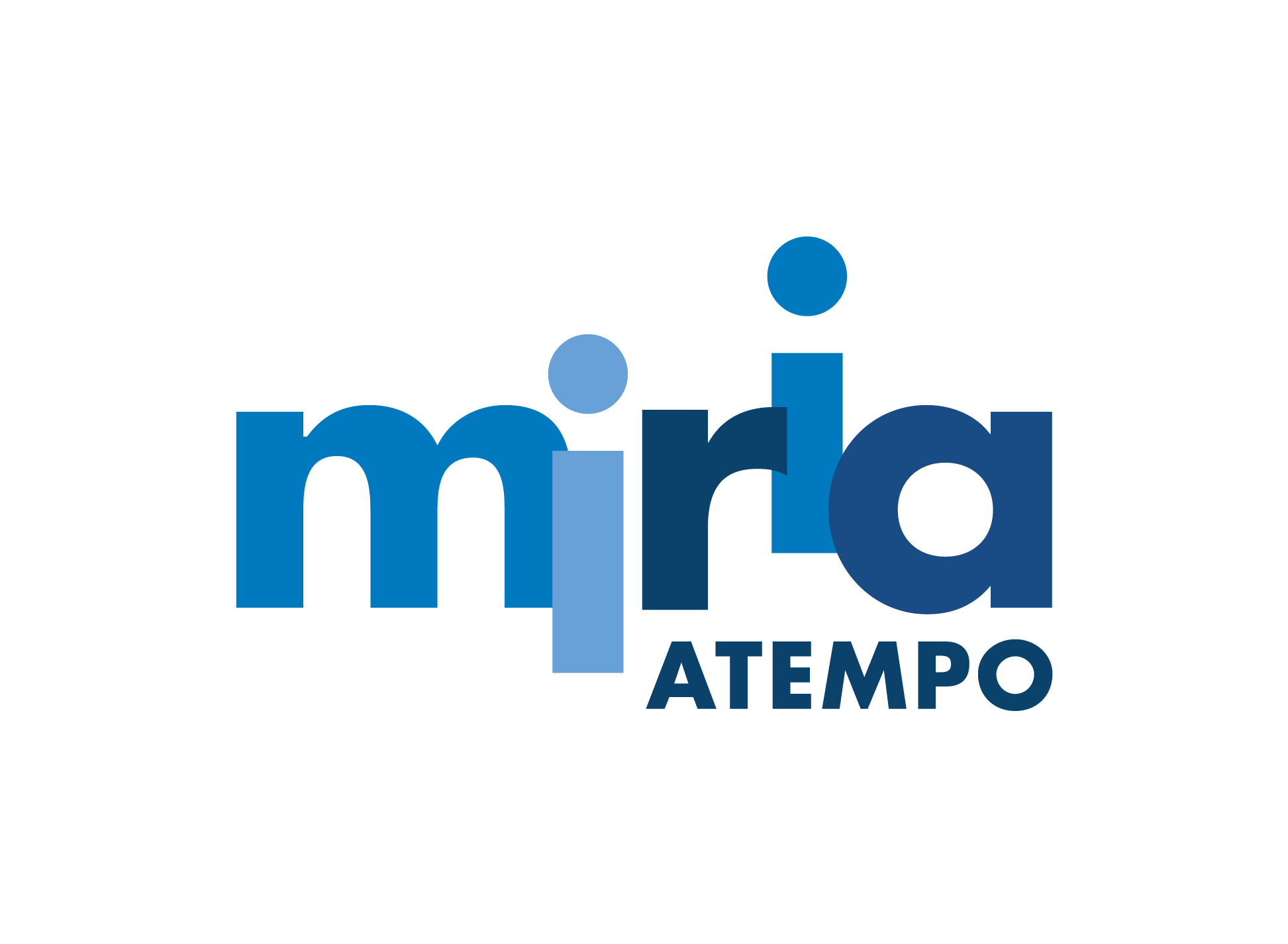
The explosion in the number of files, the increasing number of cyber-threats, but also technological innovation with the generalization of the air gap or archive-tiering... All these factors call into question our definition of what constitutes quality archiving.
Before choosing a sustainable and efficient file archiving solution, let's take a look at the best practices for archiving in 2020.
What are the requirements for long-term file archiving?
It cannot be stressed enough: file archiving is about keeping the last copy of the data over time. Whether it is for 5, 10 or more than 30 years, its objective goes far beyond a simple backup! Only multi-copy archiving can avoid dramatic disasters, such as the one that hit Myspace. The former leader in blogging announced in 2015 that it had irretrievably lost millions of audio, photo, and video files uploaded by its users.
File archiving has multiple goals:
* Protecting a company's information assets, including - but not limited to - a cyber-attack;
* Respecting production, by proposing an easy archiving process to approach Documents must remain accessible to users; that is to say, easy to find, open, use... This condition implies accompanying the evolution of the document over time, and an effort to fight against technological obsolescence.
* Bringing company archives into compliance with data protection regulations.
New technology solutions help organizations of all sizes to comply with these new requirements - provided they do so in time, before an IT disaster occurs.
***
Tip #1 - Selecting files to archive

The exponential increase in the number and volume of documents generated by organizations imposes a sorting imperative.
This is not dictated by technology, which has ample archiving capacity. But it is a question of compliance with data storage regulations and the effective accessibility of documents over the long term. Employees in the 2050s cannot be expected to deal with 30-year-old files on their own.
Efficient file archiving therefore begins with the identification of important documents (know-how, intellectual property, binding documents, etc.). It is a matter of determining which documents will be necessary for the operations, or even the strategy of the organization. They must then be categorized by function and priority, and their life cycle must be managed. Finally, they must be populated with metadata that is well chosen at the time of archiving to facilitate their retrieval at a later date.
***
Tip #2 - Designing an efficient file archiving process
Some organizations adopt a data archiving plan to fulfill a legal obligation. They forget the primary purpose of the plan: to ensure that data is effectively accessible to employees.
An effective file archiving process is first and foremost a user-friendly process. Let's take the example of Labo Paris, a post-production company for the film and audio-visual industry that manages very large volumes of data. Labo Paris opted for the Atempo-Digital Archive (ADA) archiving solution for its technical capabilities and its streamlined user interface. It makes data archiving possible with a simple drag and drop!
***
Tip #3 - Air gap, Archive-tiering: Adopt substantive solutions against cyber-threats
The rapid evolution of cyber threats not only endangers production data, but now also backup warehouses and archives. This makes it necessary to find scalable solutions or to use certain technologies that present an obstacle that remains effective in spite of their transformations.
* Air gap archiving solutions keep a copy of archived files in offline storage, disconnected so that it is inaccessible to a cyber-attack. The effectiveness of the air gap therefore depends on its integration into a global archiving solution, which takes into account and secures all access paths. Under these conditions, the air gap makes it possible to protect data even in the event of an attack or disaster at the operating site; which makes this already proven technology a well-deserved plebiscite among cyber security professionals.
* Other archiving solutions use data tiering within the archive and over time, a practice better known as archive-tiering. The challenge is to adapt file retention practices to the importance of the files and the frequency or rarity of their use after archiving. It is therefore preferable to transfer them to cheaper, yet equally secure storage media.
Segmentation of archives can thus reduce storage costs, while taking into account the real needs of users.
***
Tip #4 - Supporting backup over time
Archiving solutions must meet the dual challenge of rapidly changing technologies and their long-term preservation objective. They must therefore deploy a plan to support the life cycle of archived files. This involves a multitude of tasks, such as indexing information from metadata to provide enhanced search functionality over the long term, or the implementation of technology and regulatory monitoring.
By relying on common sense practices and technologies such as air gap or archive-tiering, file archiving can meet the challenge of preserving files over decades, despite the rapid growth and evolution of the issues at stake, while remaining economically viable for businesses even as the volume of unstructured data explodes.
***
For more information:
- A successful file migration project in 7 steps
- Free file migration tools: are they worth the risk?
- 5 Reasons You Need Atempo’s Miria for Migration
- Press release Atempo Wasabi Cloud Archiving Partnership
- More about Miria for Backup and for Migration

